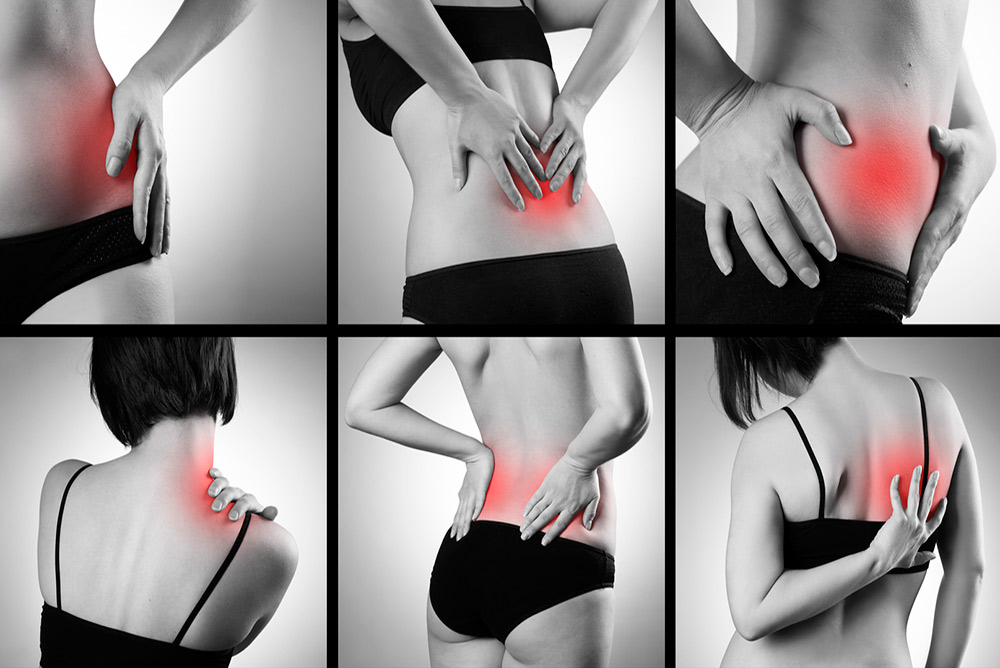
iStock
MYTHS ABOUT HEALTH and medical conditions are legion, but arthritis in particular has a high number associated with it. What’s surprisingly not a myth is that having a relatively shorter index finger compared to the ring finger is a risk factor. This 2D:4D ratio raises the risk of developing arthritis in the knee and hip joints, independent of other risk factors and particularly among women. Another real risk factor: flat feet.
Among the myths — that is, untruths — there’s no evidence that damp weather makes arthritis worse. Nor is there any that heat, as lovely as it feels, works better than ice, although it’s true that using heat to help relax the muscles that move stiff joints might be more helpful in the morning, while ice can ease inflammation at night.
It’s also hard to believe that some foods — especially nightshade vegetables such as tomatoes, potatoes and eggplant — don’t aggravate arthritis discomfort, an effect I thought I’d observed. But there’s no proof, nor is there any for the benefits of popular alimentary treatments, including consuming a dozen gin-soaked raisins per day; drinking cider vinegar; eating grapefruit or raw vegetables or adding spices such as turmeric or ginger to food.
Also, while combining glucosamine, found naturally in joints, with chondroitin make some people feel better, the pills don’t help everyone. Nor can this combo achieve the highly touted rebuilding of worn-out cartilage around joints without being injected directly into the problem area.
What used to be the official medical prescription, to relieve arthritis pain with rest, is now seen as not just wrong but harmful: Inactivity can cause joints to continue deteriorating, according to Elaine Husni, director of the Arthritis and Musculoskeletal Center at the Cleveland Clinic.
The best exercises are low-impact like walking, and range-of-motion like slow stretching —with the goals of increasing flexibility while lessening stiffness and pain. In addition, arthritis sufferers are advised to keep moving even when working, reading and watching TV — by frequently changing position, tilting the head from side to side, bending and stretching the legs and walking around at least once every half hour.
One myth — or simple confusion — attributes all joint pain to arthritis, but causes include tendinitis, bursitis and other soft-tissue injuries. Also, around 100 different kinds of arthritis exist, including gout, crystals, rheumatoid arthritis and arthritis caused by a virus — in addition to the most common, osteoarthritis (OA).
Osteoarthritis begins with inflammation that occurs when cartilage cushioning the joints wears away, which causes the bones to rub together. That friction leads to inflammation, pain, stiffness and other symptoms. Besides damaging the cartilage, OA can cause bony growths around the edges of joints and synovitis, mild inflammation of the tissues around the joints.
Among OA risk factors, number one is age. “As you get older, almost everyone gets some form of arthritis,” according to Mayo Clinic rheumatologist Eric Matteson. Arthritis is the most common cause of disability among American adults; Americans spend more money treating arthritis than they do cancer; and about one in 50 older Americans have had a knee replacement.
Until age 55, both genders are affected equally; after that, women are more likely sufferers than men. Besides gender and genetics, two important risk factors for OA are being overweight and working at jobs that require repetitive movements or heavy lifting. Injuries that can over time lead to arthritis include torn cartilage, dislocated joints and ligament injuries. More than 50% of people with sports-related knee injuries including ACL strains and tears later show signs of OA.
To treat the pain, NSAIDs like ibuprofen or regular doses of Alleve morning and night reduce inflammation. For more severe pain, corticosteroids are taken by mouth or injected directly into the joint. Also, injections of synthetic hyaluronic acid, a component of the synovial fluid that lubricates the joints and deteriorates with OA, appear to reduce about 70% of the pain in about 70% of patients, Nevada orthopedic surgeon Fred Redfern told AARP.
To counter the destruction that occurs with arthritis, platelet-rich plasma (PRP) injections, using a patient’s own blood from which platelets are removed and then reinjected into the joint, has shown promise as have injections of stem cells. A new possibility involves manipulating bone-marrow stem cells to act like cartilage, which would effectively replace the cartilage.
Researchers have also tried cultivating cells taken from the patient’s joint and then reinjecting them, called autologous chondrocyte implantation, though to date ACI works well only when the arthritis is contained in a small area.
A final myth, that the annoying habit of cracking knuckles and joints can accelerate arthritis damage, has not been sufficiently studied to rule out — which means it can continue to be used as a threat when begging practitioners to stop.
Mary Carpenter is the Well-Being Editor of MyLittleBird.
Read more about Mary here. Her last post was on how to prevent painful kidney stones.

Concise, clear, latest developments, thanks for this information